265,000 Gallons of Fertilizer Grows New Grassroots Organization: The Nishnabotna Water Defenders
What do you do when a fertilizer spill ravages your local stream, killing hundreds of thousands of fish across two states? For a group of clean water advocates in Southwest Iowa the answer to that question was clear – you organize.
The Nishnabotna Water Defenders is a nonprofit organization founded on the belief that everyone has a right to clean water. The group is focused on organizing, advocating, and educating about water quality improvement in Southwest Iowa and statewide, and monitoring water quality is at its core.
Forged in environmental disaster
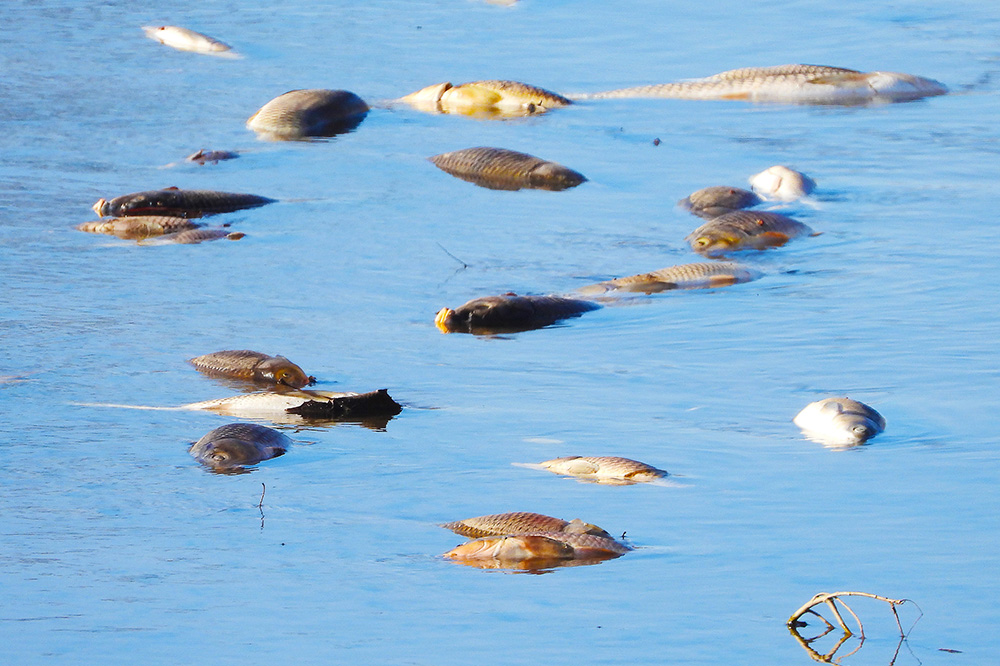
The group was founded in the wake of a devasting fish kill that impacted their community. In March of 2024, a hose valve was left open at a nearby agricultural co-op, allowing an estimated 265,000 gallons of liquid nitrogen fertilizer to flow into the East Nishnabotna River south of Red Oak, Iowa. The result: no living fish could be found for more than 50 miles downstream. Officials found that the spill killed more than 750,000 fish in Iowa and Missouri, as well as other wildlife including snakes, mussels, and frogs.
This was the fifth largest fish kill documented in Iowa in more than 40 years of monitoring. Its impact on the river was evident, but perhaps just as important was its impact on nearby communities. Concerned about the effects of this fish kill on outdoor recreation, drinking water, and environmental quality, residents of Southwest Iowa began to consider their role in preventing future environmental disasters.
Taking action through monitoring
Very quickly after the spill took place, citizens in Southwest Iowa began to take action. Samantha Williams, a biologist and former Des Moines Water Works scientist, began monitoring water quality in the Nishnabotna Watershed. Using the Save Our Streams Chemical monitoring protocol and reporting her data to the Clean Water Hub database, Samantha measured parameters including nitrate, phosphate, chloride, pH, transparency, and dissolved oxygen.
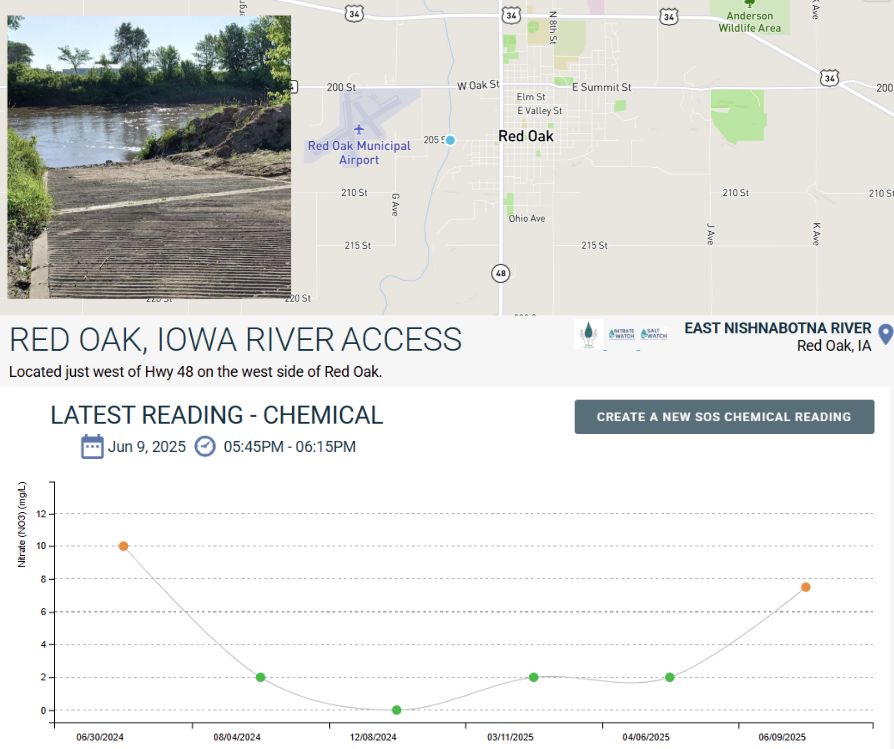
Samantha, who would later become co-president of the Nishnabotna Water Defenders’ Board of Directors, continued monitoring water quality monthly at several sites in the watershed for over a year after the spill occurred.
While there was monitoring being conducted by the Iowa Department of Natural Resources, this citizen monitoring effort added to the data that Samantha and her neighbors could use to understand the ongoing effects of the fertilizer spill. Moreover, Samantha’s monitoring continued even when monitoring from the DNR eventually ceased. The data collected by Samantha and other Nishnabotna Water Defenders volunteers can be found on the Clean Water Hub database: www.cleanwaterhub.org/organization/418.
An organization takes root
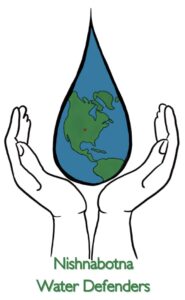
In the weeks and months that followed the fertilizer spill and fish kill, concerned citizens in Southwest Iowa met to express their concerns and discuss how they might proceed. Inspired by another recently formed clean water advocacy group at the opposite corner of the state, the Driftless Water Defenders, the idea for a new organization in Southwest Iowa was born.
Roughly one year after the fertilizer spill that shook their community, the Nishnabotna Water Defenders were formed in March 2025. Since establishing their organization, the Nishnabotna Water Defenders have been busy leading water monitoring trainings, hosting river clean-ups, attending public meetings, speaking at events, and sharing water quality news with their community members. In their words “Our group is meant to show how important our rivers and streams are to our way of living. No matter how you use them, we urge you to join us to help improve our water quality. Your voice matters.”
Engaging new volunteers through Nitrate Watch
Beginning this summer, the Nishnabotna Water Defenders have teamed up with the Izaak Walton League’s Nitrate Watch program to help monitor nitrate concentrations in local water ways and drinking water. By connecting their volunteers with Nitrate Watch’s free nitrate monitoring supplies, the Nishnabotna Water Defenders aim to empower their community members by giving them access to meaningful data and providing opportunities for them to drive action to protect clean water locally.
Nitrate, a common component of agricultural runoff (and the primary pollutant of concern in the Nishnabotna fish kill), has numerous impacts on human health and environmental quality (Learn more: A Growing Problem: Nitrate in Our Water). By equipping volunteers with the tools to monitor nitrate in the waterways and drinking water that they depend on, Nitrate Watch and the Nishnabotna Water Defenders hope to raise awareness about the presence of nitrate pollution and advocate for the reduction of this pollution at the source.
Raising awareness
To draw attention to the problem of nitrate pollution in waterways and drinking water, the Nishnabotna Water Defenders have taken to the streets – or more accurately, the highways – to get the word out. In partnership with the Izaak Walton League of America, the Nishnabotna Water Defenders have put up two billboards along highways in Southwest Iowa with clean water messaging, urging Iowans to “Know What You Drink” and “Monitor Nitrate in Your Water.” The billboards are intended to raise awareness about the connection between what happens on the landscape and the water that reaches our tap.
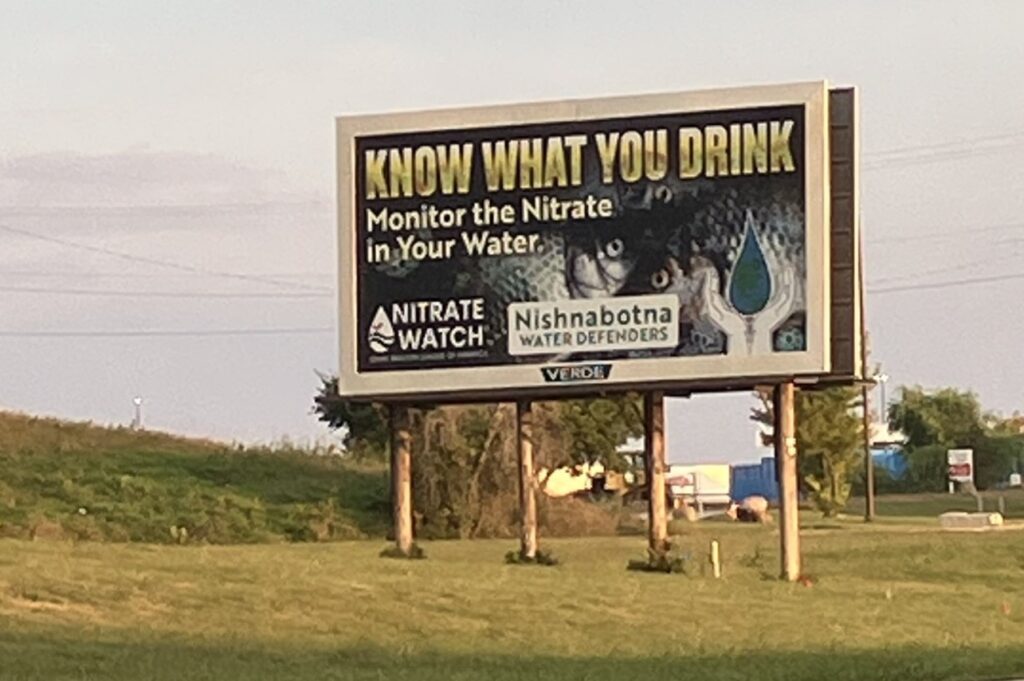
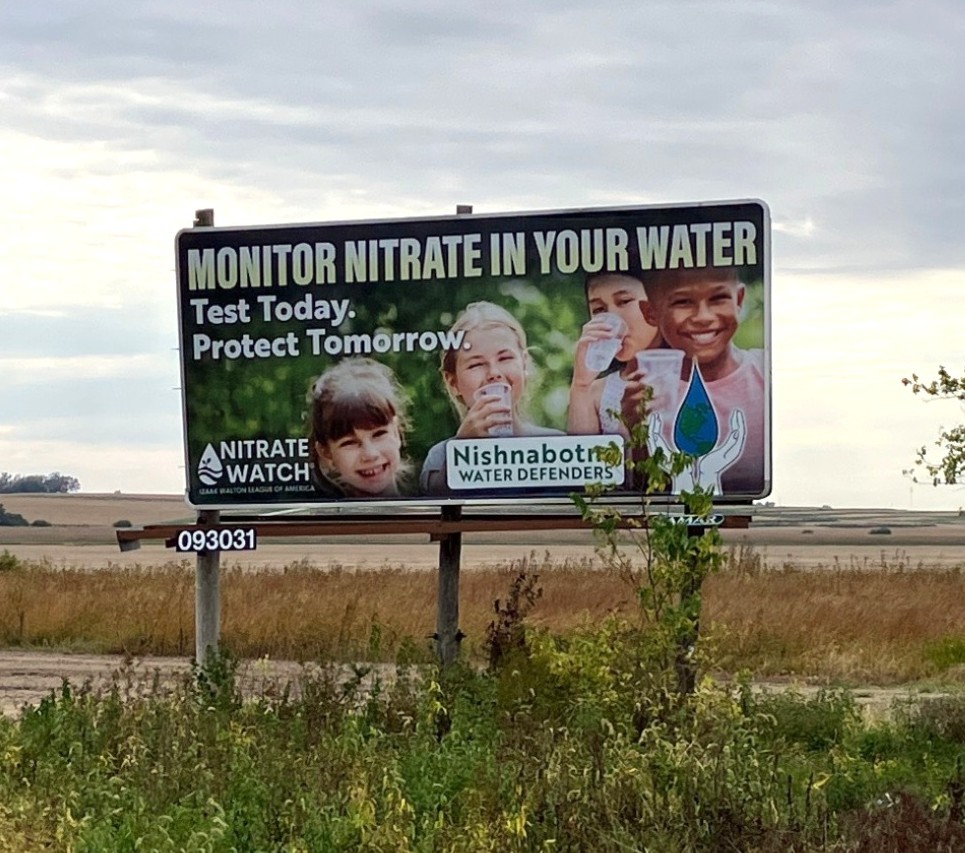
Passersby who want to learn more and start monitoring can visit the Nishnabotna Water Defenders website and request their own free Nitrate Watch test kit via the request form.
An update on the fertilizer spill
By now, it should be evident that the fish kill in the East Nishnabotna River was a catalyzing incident that led to the formation of an organization, increased monitoring, and greater engagement surrounding local water issues. But you may be wondering what recourse there was for the agricultural co-op behind the fertilizer spill that started it all.
It took until July 2025, but Iowa’s Attorney General did eventually reach a settlement with the NEW Cooperative, the organization that allowed 265,000 gallons of fertilizer leak into the East Nishnabotna River. The settlement included a $50,000 penalty and a payment of $50,000 toward the Montgomery County Conservation Board. The NEW Cooperative also agreed to a three-year statewide injunction that prohibits future water quality law violations.
This settlement has been widely panned as a ‘sweetheart deal.’ According to the Iowa DNR’s analysis of the fish kill, the valuation of the lost fish alone exceeded $225,000. This is to say nothing of the costs incurred to clean up and monitor the spill and the indirect cost of a river that is still bouncing back in the wake of an environmental disaster.
The response from the Nishnabotna Water Defenders has been to keep the pressure on, with increased outreach and monitoring following the settlement.
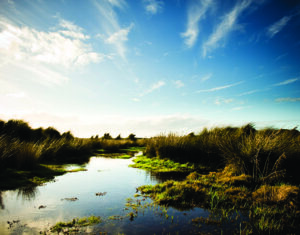
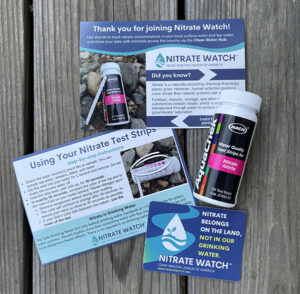 Your kit will include a bottle containing 25 nitrate test strips which you can use to test your water source(s) throughout the year. You’ll also receive postcards explaining how to use your nitrate test strips and how to share your Nitrate Watch results on the Clean Water Hub.
Your kit will include a bottle containing 25 nitrate test strips which you can use to test your water source(s) throughout the year. You’ll also receive postcards explaining how to use your nitrate test strips and how to share your Nitrate Watch results on the Clean Water Hub.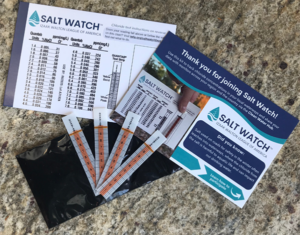 Your kit will include four test strips so you can test your waterway throughout the season. You’ll also receive a chart to help you interpret your results and a postcard with instructions for completing a Salt Watch test and reporting your findings.
Your kit will include four test strips so you can test your waterway throughout the season. You’ll also receive a chart to help you interpret your results and a postcard with instructions for completing a Salt Watch test and reporting your findings.